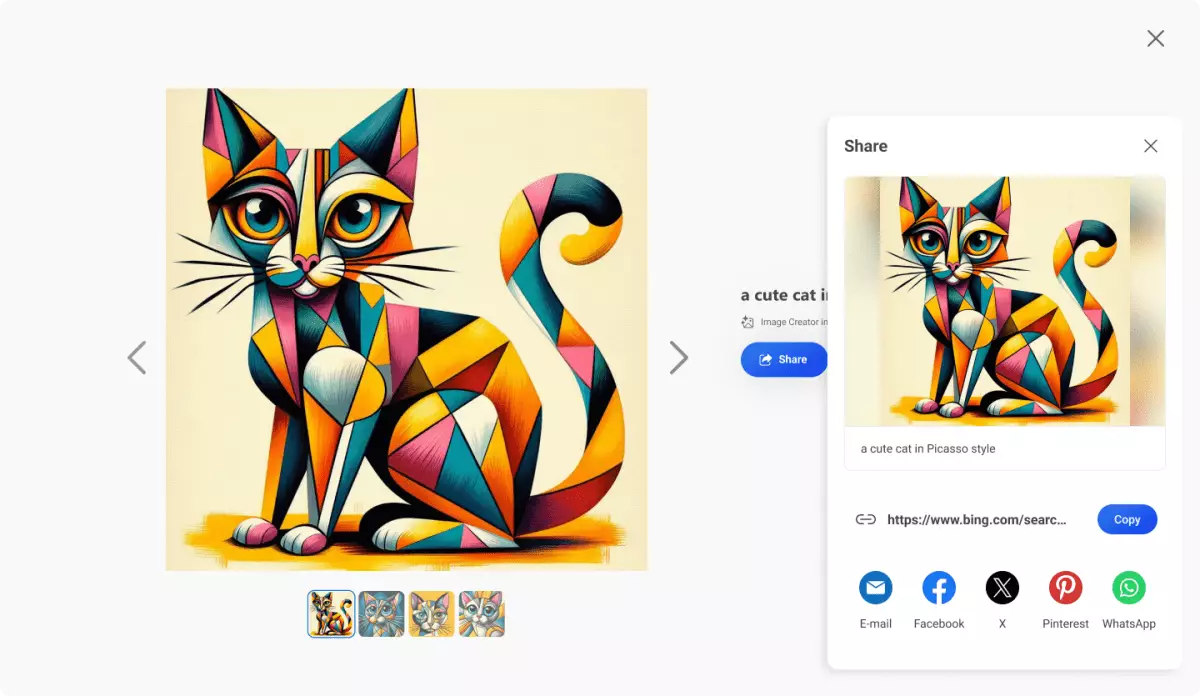As the holiday season approached, Microsoft announced significant enhancements to its Bing Image Creator, a powerful image generation tool based on artificial intelligence technologies. Leveraging the advanced features of OpenAI’s DALL-E 3 model, referred to internally as “PR16,” Microsoft aimed to provide users with not only quicker image generation—promising to double the speed—but also enhanced quality. However, these bold claims fell short of user expectations, leading to disappointment and frustration among the very individuals the tool was designed to serve.
Soon after the rollout of the new model, the feedback on various platforms such as X and Reddit was overwhelmingly negative. Users lamented a noticeable drop in quality in the images produced by PR16. Comments filled the digital spaces, expressing disillusionment with the changes. A Reddit user poignantly observed, “The DALL-E we used to love is gone forever,” while another user switched to using ChatGPT as they described Bing Image Creator as “useless.” Such candid critiques drew attention to a significant disconnect between Microsoft’s expectations and user experiences.
These grievances were so intense that Microsoft had to respond substantially, displaying an unusual level of vulnerability for a tech giant. Jordi Ribas, head of search at Microsoft, acknowledged the existence of the issues and indicated plans to revert to the previous model, DALL-E 3 PR13. Ribas explained that although the process of restoration had already commenced, it would take several weeks before users could experience the older, yet seemingly more effective, iteration of the program.
The Heart of the Issue: Quality Deterioration
Many users expressed that the new model produced images that were not only of inferior quality but also lacked the realism and vibrancy that characterized earlier versions. Reports described the new images generated by PR16 as awkwardly cartoonish, devoid of detail, and generally lacking the finesse that users had come to expect. The disparity between user satisfaction and Microsoft’s internal benchmarking highlighted the challenges of subjective assessments in AI model performance; the metrics used seemed disconnected from user experiences.
The dingy undercurrent in user feedback starkly contrasted with Microsoft’s initial optimism. Analysts and tech commentators began to speculate on the implications of these failures, with some arguing that the fall from grace of their image generation capabilities showcased a deeper performance issue within large AI systems. “I don’t know who you think you’re kidding with this,” one user retorted, criticizing Microsoft for being outpaced by competitors like Google.
This isn’t Microsoft’s first rodeo where AI models have stumbled upon launch. Just earlier in the year, Google had to pause its experimental AI project, Gemini, after failing to meet user standards regarding realism in image generation. These instances serve as reminders of the complex nature of AI development. At a stage where many companies aggressively pursue a technological edge, navigating feedback loops and real-world applications becomes incredibly vital.
The public backlash against Microsoft reveals a crucial lesson: even advanced technologies must be thoroughly vetted and aligned with user preferences. While internal benchmarks may suggest improvements, the actual user experience must remain the centerpiece of innovation for any tool claiming to leverage advanced AI.
At this juncture, Microsoft stands at a crossroads. The decision to revert to a previous model indicates their understanding of user disappointment, but it also reflects a deeper question of their strategic direction in the competitive AI landscape. As they work to address these issues, tech enthusiasts and everyday users will be observing their actions closely. Microsoft’s next moves will not only determine the future of Bing Image Creator but will also shape its reputation in the rapidly evolving world of AI-driven creativity.
With the ambition to reclaim lost ground and meet the expectations of an increasingly discerning user base, the path forward must be navigated with care, emphasizing active user engagement and feedback as they refine their technological offerings. These events underscore the importance of transparency and responsiveness in the age of AI, painting a vivid picture of the high stakes involved in technological advancement.

